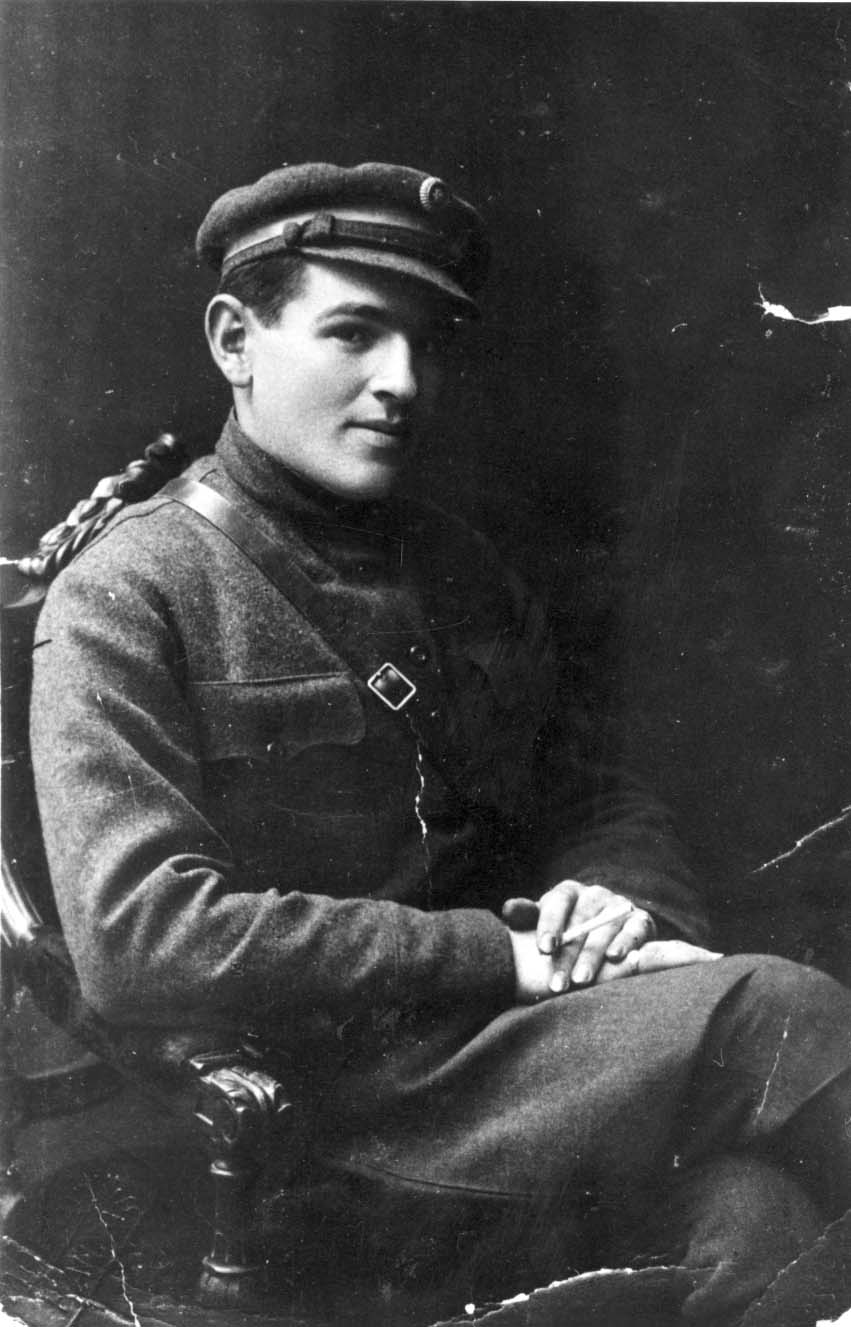

Murder story of Kedainiai Jews on the Bank of the Smilga River in Kedainiai

On August 28 the Germans and their Lithuanian accomplices began forcibly moving the Jews from the stable to the banks of the Smilga River, about 2 kilometers from the town. There Soviet prisoners of war had dug deep pits. The Jews were forced to undress and to enter the pits, where they were fired on by machine guns. During the shooting the motors of tractors were run at full throttle so that the other Jews would not hear the sounds of the shots and the screaming of those being killed.
During the course of the murders the Jews offered some resistance. The former head of the fire brigade, Tsadok Shlapoberski, attacked one of the Germans, pulling him into the pit and trying to strangle him. One of the Lithuanians attempted to come to the aid of the German but Shlapoberski wounded him mortally. Another Jew stabbed one of the killers in the neck, while a third Jew grabbed a sub-machine gun from one of the guards but did not succeed in firing it.
The mass murder was carried out by Einsatzkommando 3a under the command of Karl Jaeger, with the help of Lithuanian collaborators. According to the Jaeger Report, on August 28, 1941 2,076 Jews - 710 men, 767 women, and 599 children were murdered in Kėdainiai.


